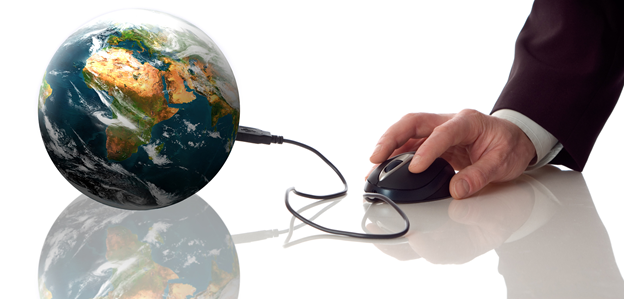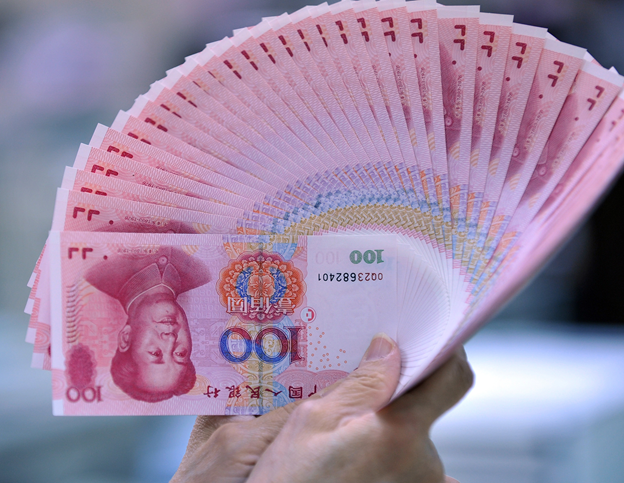A Floating Hub of Innovation
March 13, 2012 in Daily Bulletin

Michael Posner reports on a new initiative to create a territorial entity just off the coast of the United States that would exist outside the jurisdiction of the maritime laws of all countries. Some of the highlights of the report include:
- Silicon Valley has become the home of entrepreneurship, but the US immigration authoriteis have made it difficult for those with innovative business ideas to obtain a visa to the United States.
- To deal with this two immigrants to the United States have launched Blueseed – a planned cruise ship that is retrofitted to be a floating hub of innovation. Residents of Blueship can utilize the B-1 Business visa that allows them to make short visits to the United States over the course of ten years. Entrepreneurs could arrive at Silicon Valley in the morning and take a helicopter back ‘home’ in the evening.
- The project is expected to cost at least $25 million.
- Blueseed would make money by charging the 1,000 tenants a rent of $1,200 a month.
- Billionaire Peter Thiel – somebody who has invested in other hits such as Facebook, Yelp, Zynga and LinkedIn – has given financial backing to the project.
To read more about the initiative, the history of such “seasteading” projects, and other alternatives that are being developed that would allow innovators to build networks with those in the United States, click here.
Source: The Globe and Mail
Via: Marginal Revolution









Join the Discussion! (No Signup Required)